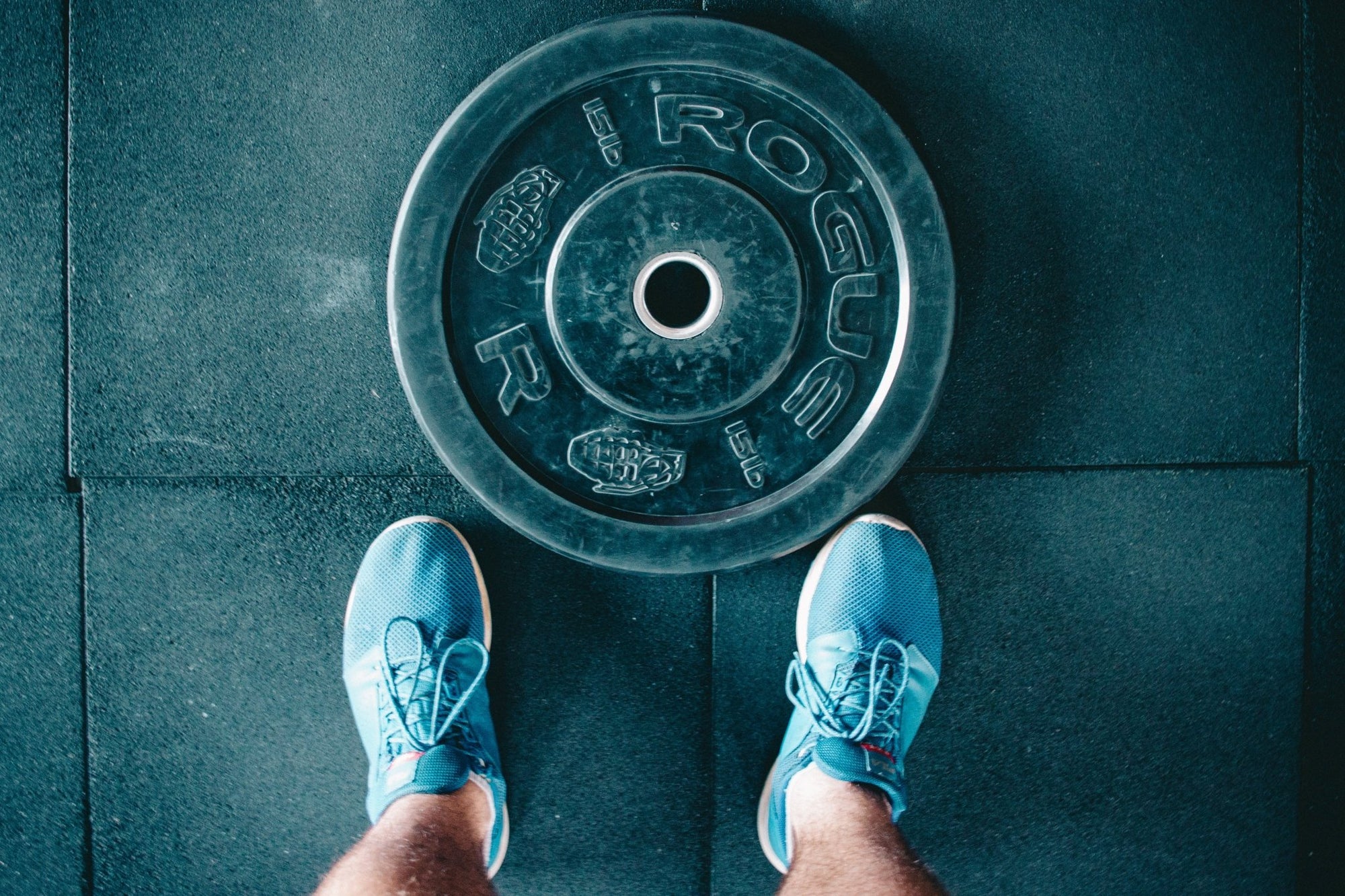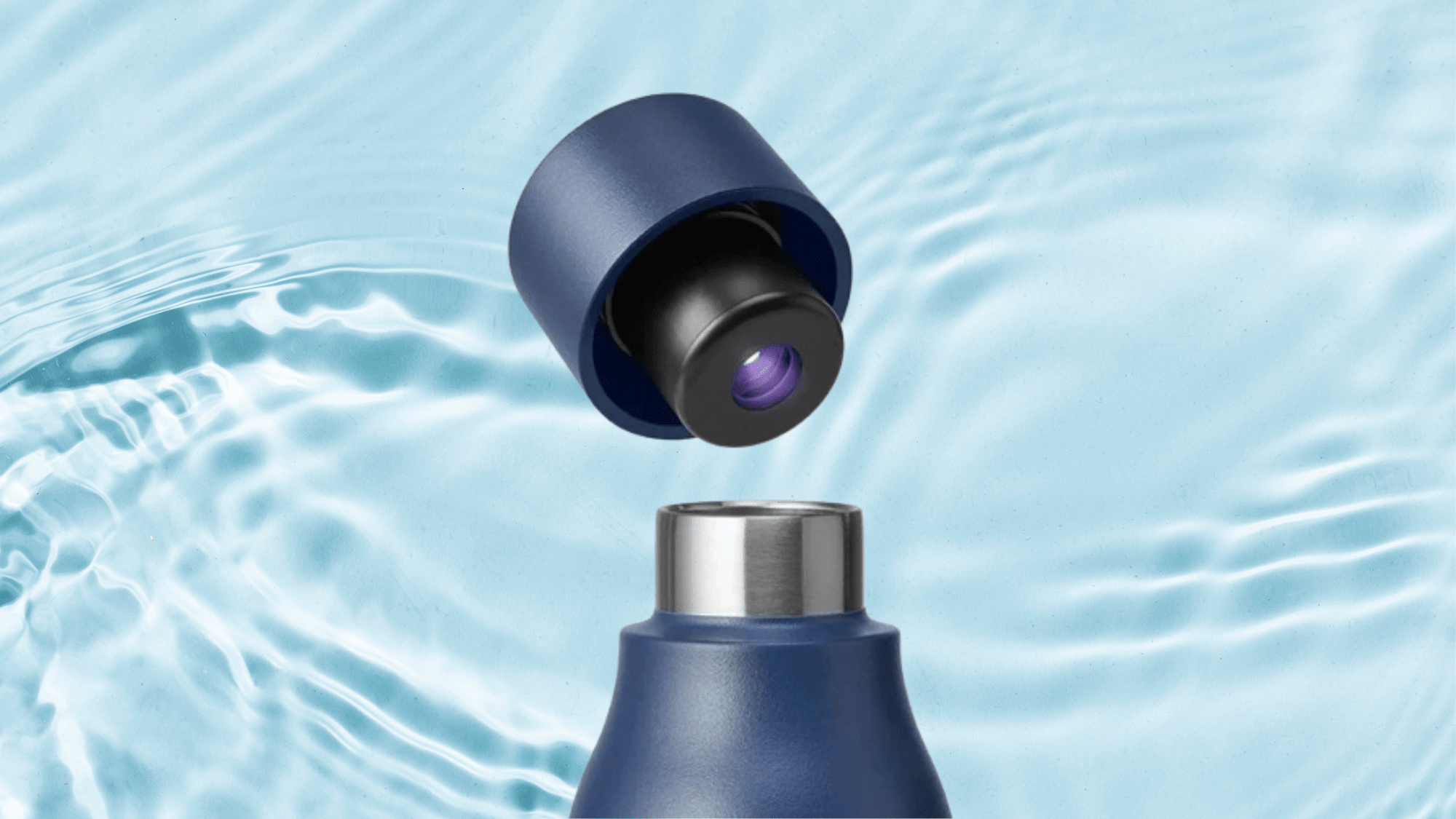Introduction:
Embarking on a fitness journey involves more than just breaking a sweat; it requires a holistic approach that includes proper post-workout recovery. Whether you're a seasoned athlete or a beginner taking the first steps toward a healthier lifestyle, understanding the importance of recovery is key to maximizing the benefits of your workouts. In this guide, we'll explore the best practices for optimizing muscle repair and preventing soreness after your exercise sessions.
-
Cool Down and Stretching: After an intense workout, it's crucial to gradually bring your heart rate back to its resting state. Incorporate a cooldown period that includes light cardio and dynamic stretching. Dynamic stretches, such as leg swings and arm circles, help improve flexibility and reduce muscle stiffness. Follow this up with static stretches to target specific muscle groups, holding each stretch for 15-30 seconds.
-
Hydration and Nutrition: Replenishing fluids lost during a workout is vital for recovery. Hydrate with water or a sports drink containing electrolytes to restore the balance of essential minerals in your body. Post-exercise nutrition is equally important; consume a combination of protein and carbohydrates within 30 minutes to an hour after your workout. This aids in muscle protein synthesis and replenishes glycogen stores, promoting faster recovery.
-
Foam Rolling and Self-Myofascial Release: Incorporate foam rolling or self-myofascial release into your post-workout routine. Using a foam roller helps release tension in the fascia, the connective tissue surrounding muscles. Focus on areas prone to tightness or soreness, rolling slowly and applying gentle pressure. This technique can enhance flexibility, reduce muscle knots, and alleviate post-exercise discomfort.
-
Ice Bath or Contrast Therapy: Consider immersing yourself in an ice bath or using contrast therapy to reduce inflammation and promote recovery. Alternating between cold and warm water stimulates blood flow and helps flush out metabolic waste products. While this method may be intense, many athletes find it effective for minimizing muscle soreness and expediting recovery.
-
Adequate Sleep: Quality sleep is a cornerstone of effective recovery. During sleep, the body releases growth hormone, which plays a crucial role in muscle repair and overall recovery. Aim for 7-9 hours of uninterrupted sleep each night to optimize the healing process. Create a sleep-friendly environment by keeping the room dark, cool, and free from electronic distractions.
-
Active Recovery and Light Exercise: Engage in active recovery days that involve low-intensity activities such as walking, swimming, or cycling. This helps maintain blood flow to muscles without placing additional stress on the body. Light exercise promotes circulation, aids in the removal of metabolic byproducts, and contributes to a quicker recovery.
-
Listen to Your Body: Pay attention to your body's signals. If you experience persistent pain or discomfort, it's essential to allow for additional rest and recovery. Pushing through extreme soreness may lead to overtraining and potential injuries. Be mindful of your body's limitations and adjust your workout intensity accordingly.
Conclusion: Post-workout recovery is a vital component of any fitness regimen, contributing to enhanced performance, reduced injury risk, and overall well-being. By incorporating these best practices into your routine, you can optimize muscle repair, prevent soreness, and ensure that your body is ready for the next challenge. Remember, recovery is a personalized journey, so listen to your body and tailor these practices to suit your unique needs and preferences.



